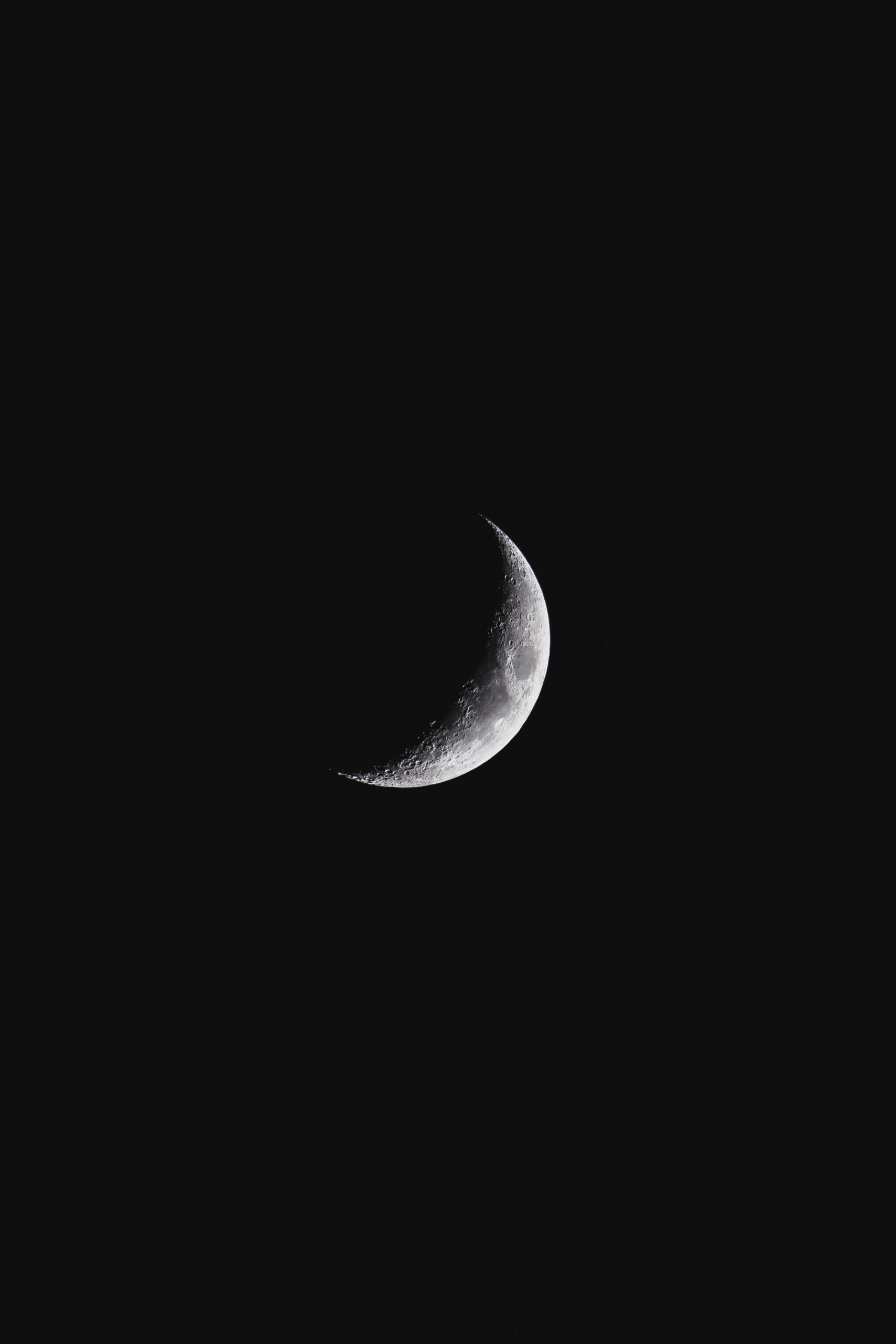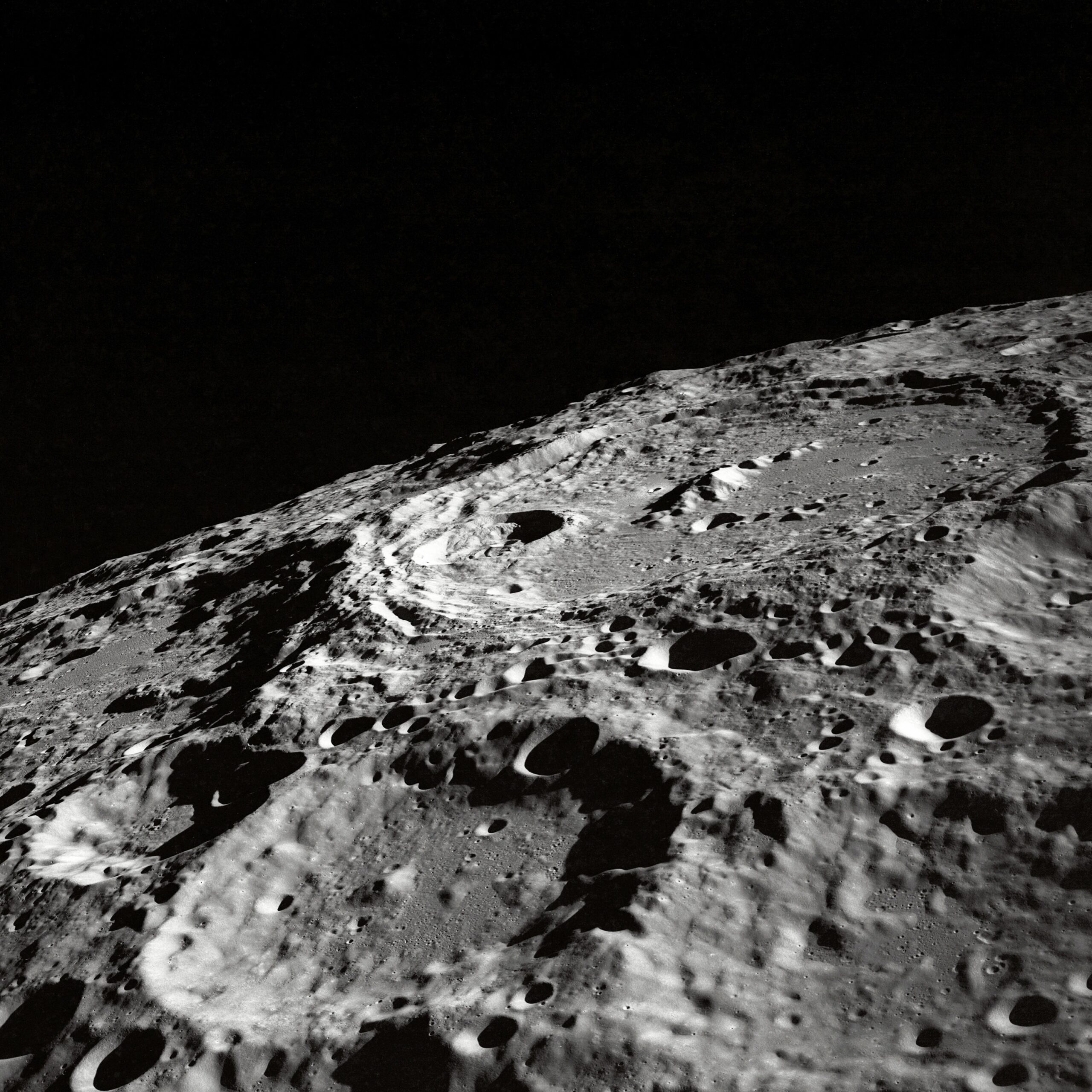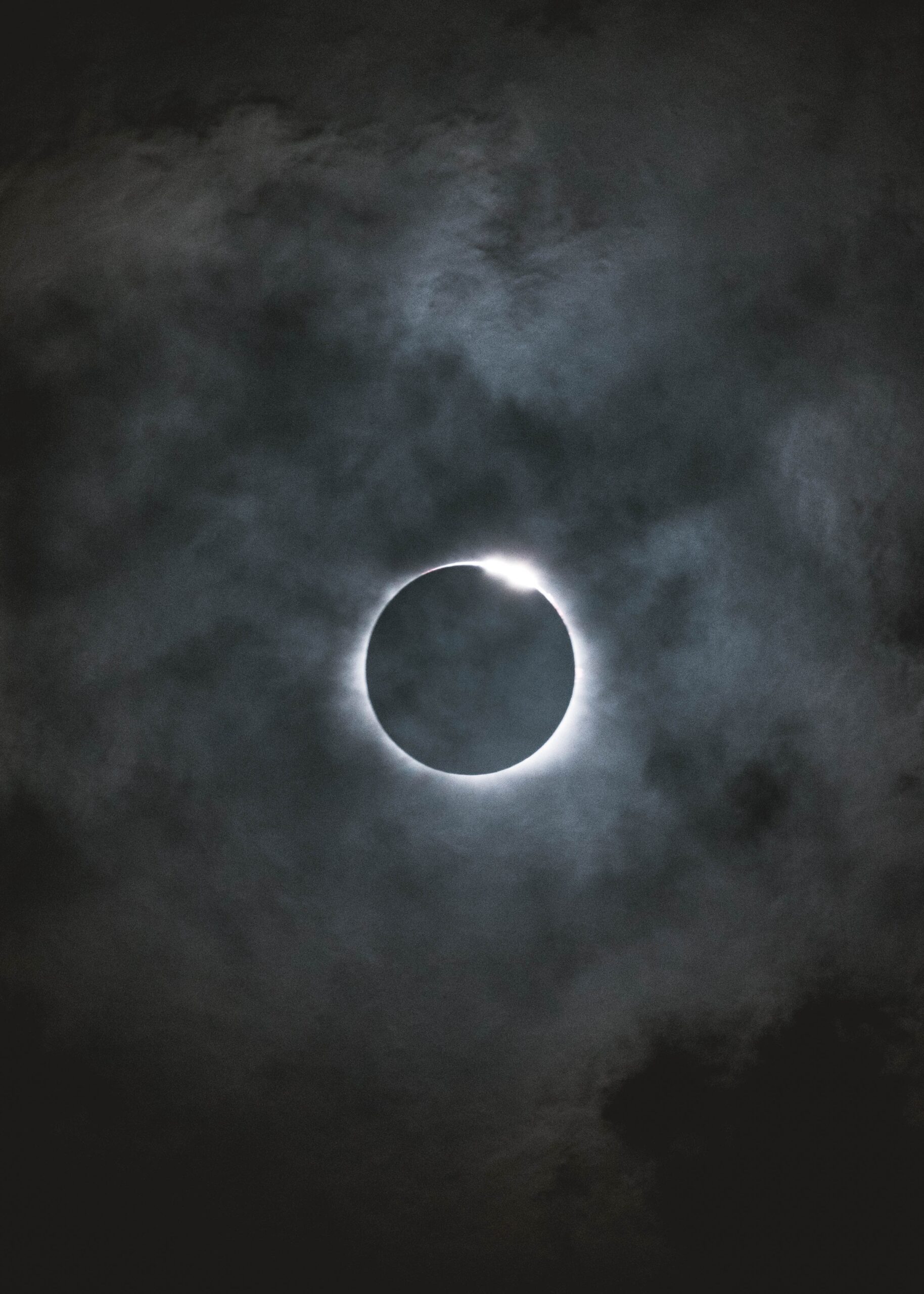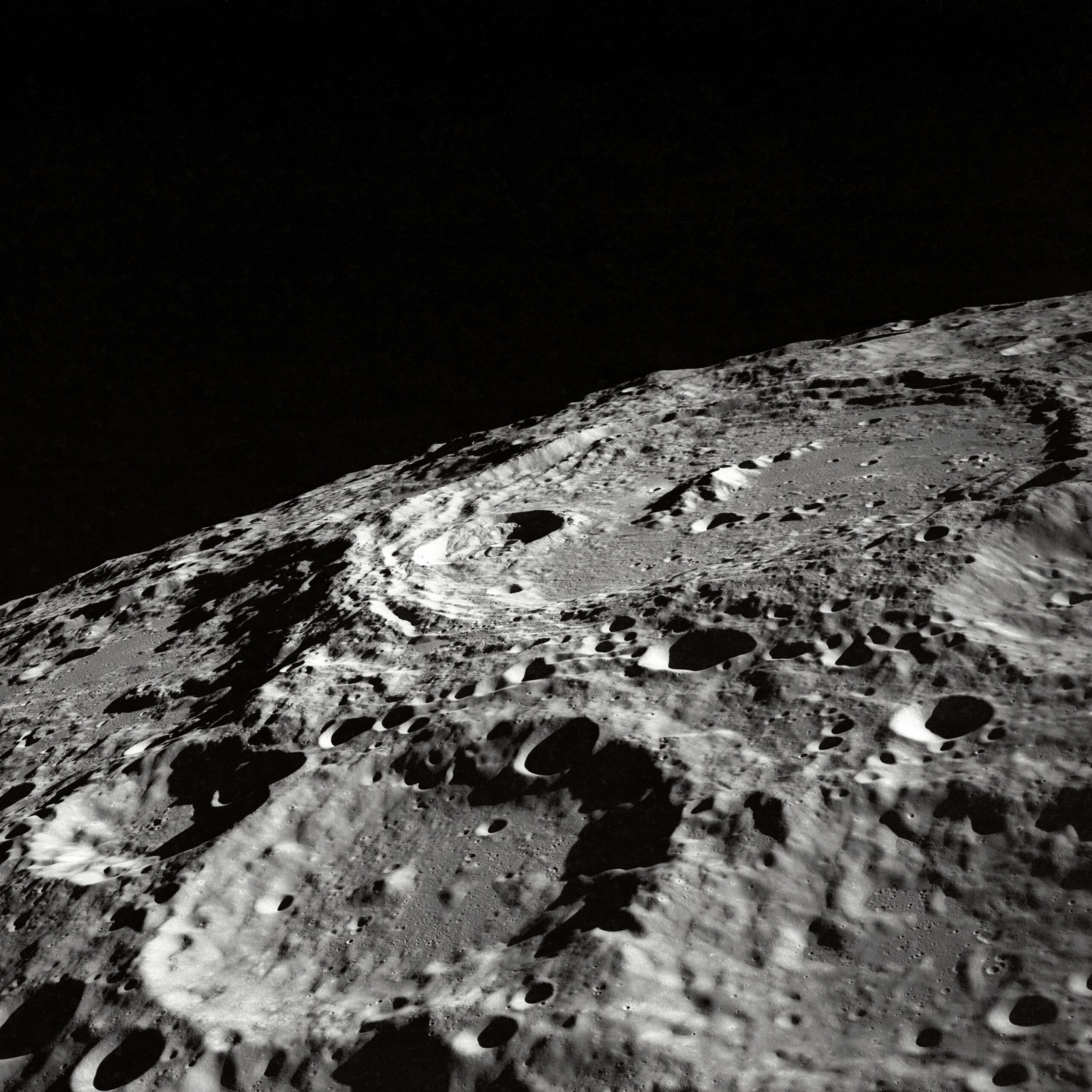Have you ever wondered if the phases of the moon could have any impact on fishing success? It’s a debate that has intrigued anglers for centuries. Some swear by fishing during certain moon phases, claiming it yields better catches, while others dismiss it as mere superstition. In this article, we will explore the influence of moon phases on fishing and determine if there’s any truth to this age-old belief. So, grab your fishing rod and get ready to unravel the mystery of the moon’s influence on your next fishing expedition!

Introduction
Welcome to the fascinating world of fishing and the potential influence of moon phases on this beloved pastime. For centuries, fishermen have been captivated by the idea that moon phases can impact their success on the water. But is this belief rooted in fact or simply a myth? In this article, we will delve into the various moon phases, explore their connection to tides, examine fishing theories, review scientific studies, and also consider anecdotal evidence from fishermen. By the end, we hope to shed some light on the truth behind the influence of moon phases on fishing.
Understanding Moon Phases
To understand the potential impact of moon phases on fishing, it is essential to familiarize ourselves with the different lunar stages. The moon travels through a continuous cycle, offering eight distinct phases. Let’s take a closer look at each one:
New Moon Phase
During the new moon phase, the moon is positioned between the earth and the sun, rendering it virtually invisible to the naked eye. This phase is characterized by a dark sky, signaling the starting point of the lunar cycle.
Waxing Crescent Phase
Following the new moon, the waxing crescent phase emerges. In this phase, a thin crescent of the moon becomes visible just after sunset. As the moon begins to wax, it gradually grows brighter, indicating an increase in illumination.
First Quarter Phase
During the first quarter, the moon appears as a half-circle shape, positioned at a 90-degree angle to the sun and the earth. This phase marks the midpoint between the new moon and the full moon.
Waxing Gibbous Phase
Representing the phase between the first quarter and the full moon, the waxing gibbous phase showcases a moon that is more than half illuminated but not yet completely full. It grows brighter each night, building anticipation for the upcoming full moon.
Full Moon Phase
Perhaps the most famous of the lunar phases, the full moon is characterized by a fully illuminated moon. It occurs when the earth is positioned between the sun and the moon, with the moon reflecting sunlight back to earth, creating a magnificent spectacle for sky gazers.
Waning Gibbous Phase
Following the full moon, the waning gibbous phase emerges. During this phase, the moon starts to decrease in illumination, appearing as more than half-full but not fully illuminated. The waning moon becomes increasingly visible in the sky each night.
Third Quarter Phase
Similar to the first quarter phase, the third quarter exhibits a half-circle shape. However, this time, it is the opposite side of the moon that is illuminated. It is often referred to as the “last quarter.”
Waning Crescent Phase
The final phase of the lunar cycle is the waning crescent. During this phase, the moon weakens in illumination, appearing as a faint sliver. It leads back to the new moon, marking the completion of the cycle and the beginning of the next one.
Tides and Lunar Cycles
Now that we understand the different moon phases, it’s time to explore their connection to tides. Tides are the rise and fall of the sea level caused by gravitational forces between the earth, the moon, and the sun. The moon, being much closer to the earth than the sun, has a more significant impact on tides. Here are two essential components to consider:
High Tide and Low Tide
Tides are characterized by two distinct phases: high tide and low tide. High tide occurs when the water level is at its highest point, and low tide refers to when the water level is at its lowest point. These tidal changes occur twice a day, creating a rhythm that is influenced by the gravitational pull of the moon and the sun.
Spring Tides
Spring tides are not related to the season but rather to the alignment of the sun, moon, and earth. They occur during the new moon and the full moon, when the gravitational forces of the sun and the moon combine. Spring tides lead to higher high tides and lower low tides, creating more significant tidal fluctuations.
Neap Tides
Unlike spring tides, neap tides occur during the first and third quarter moon phases. During these phases, the gravitational forces of the sun and the moon counteract each other, resulting in less extreme high and low tides. Neap tides are characterized by smaller tidal ranges, making them less impactful compared to spring tides.
Fishing Theories and Moon Phases
With the knowledge of moon phases and their connection to tides, it’s time to explore the different fishing theories that propose a link between moon phases and fishing success. While these theories may lack scientific consensus, they have gained popularity among many anglers. Let’s take a closer look:
Solunar Theory
The solunar theory posits that the moon’s gravitational force influences animal behavior, including fish. According to this theory, fish are more likely to be active and feeding during specific periods of heightened lunar activity, known as solunar periods. These periods occur when the moon is directly overhead or underfoot, leading to increased fish activity and potentially better fishing opportunities.
Moon Overhead and Underfoot
Building upon the solunar theory, some fishermen believe that fishing during the moon’s overhead and underfoot positions could enhance their chances of success. The moon’s position overhead or underfoot is believed to coincide with increased fish activity, making it an ideal time for anglers to be on the water.
Peak Fishing Times
In addition to the moon’s position, fishermen also consider specific times of the day when fishing activity might be more fruitful. This theory suggests that the best fishing times align with the moon’s rising and setting, as well as specific time intervals around these moments. These peak fishing times are believed to offer optimal conditions for catching fish.

Scientific Studies on Moon Phases and Fishing
While fishing theories offer intriguing possibilities, it is essential to examine scientific studies for a more empirical perspective on the connection between moon phases and fishing. Here are a few notable studies that have explored this topic:
Study 1: The effect of lunar cycles on fish behavior
One study conducted by marine scientists aimed to investigate the effect of lunar cycles on fish behavior. The researchers conducted surveys and observations over an extended period, comparing fishing data with lunar phases. Although the study found some correlations between moon phases and fish behavior, the results were inconclusive and suggested that other factors like weather also played a significant role.
Study 2: Influence of moon phases on fish feeding patterns
Another study focused on examining the influence of moon phases on fish feeding patterns. Researchers conducted experiments in controlled environments, observing fish feeding responses during different lunar phases. While the study did uncover some variations in feeding behavior, the results were not consistent across all fish species. This led researchers to conclude that there is no universal pattern and that factors beyond moon phases likely impact fish feeding.
Study 3: Lunar impact on fish spawning
Fish spawning, the process of producing and releasing eggs, is a critical stage in their reproductive cycle. One study aimed to explore the impact of moon phases on fish spawning. Researchers examined various fish species and their spawning patterns in relation to lunar phases. While some fish exhibited patterns aligned with specific moon phases, others showed no apparent correlation. This study emphasized the need for species-specific research to understand the full scope of moon phase influence on fish spawning.
Anecdotal Evidence from Fishermen
Apart from scientific studies, it is vital to consider the anecdotal evidence and experiences of fishermen themselves. Many anglers believe that specific moon phases have a significant impact on their fishing success. Let’s explore some of their experiences:
Experiences of Successful Fishing during Specific Moon Phases
Numerous fishermen have reported exceptional fishing experiences during specific moon phases. Some claim that fishing during the full moon allows for excellent visibility and increased fish activity, resulting in bountiful catches. Others believe that fishing during the first and third quarter moon phases, when tidal fluctuations are less extreme, can lead to successful outings.
Contradictory Accounts
While some anglers claim to have observed a direct correlation between moon phases and fishing success, there are also contradictory accounts. Many anglers have reported outstanding catches during periods that defy the conventional beliefs associated with specific moon phases. These contrasting experiences suggest that factors beyond moon phases may hold more significance in determining fishing success.
Superstitions and Cultural Beliefs
Fishing is rich in folklore, superstitions, and cultural beliefs. In many fishing communities around the world, moon phases are deeply ingrained in local traditions and fishing practices. Some cultures believe that fishing during specific moon phases brings good luck or an abundant harvest. While these beliefs may lack scientific evidence, they contribute to the cultural fabric of fishing communities and highlight the diverse perspectives surrounding moon phases and fishing.

Factors Beyond Moon Phases
While moon phases may play a role in fishing success, it is essential to remember that there are various other factors at play. Here are a few significant factors that fishermen should consider:
Weather Conditions
Weather conditions, such as temperature, wind, cloud cover, and barometric pressure, can significantly impact fish behavior. Fish are sensitive to such changes, and their feeding patterns can be influenced by weather conditions rather than moon phases alone. It is important for anglers to assess the weather conditions carefully and adjust their fishing strategies accordingly.
Habitat and Location
Different fish species have distinct preferences when it comes to their habitat and location. Factors such as water temperature, depth, structure, and food availability can affect fish behavior more than moon phases. Understanding the specific habitat and preferences of the target species is essential for successful fishing.
Fish Species
Each fish species has its unique feeding and behavioral patterns. One moon phase may be more favorable for a specific species, while another may not have any noticeable effect. Anglers should research the species they intend to catch and consider the impact of moon phases on their behavior.
Conclusion
After exploring a range of perspectives and evidence, it is clear that the influence of moon phases on fishing is still a subject that requires further research and understanding. While some scientific studies suggest correlations between moon phases and fish behavior, the evidence is inconclusive and often specific to certain fish species or habitats. Meanwhile, anecdotal evidence from fishermen offers a range of experiences, both supporting and contradicting the notion of moon phase influence. It is crucial for each angler to consider their own experiences, local knowledge, and personal preferences when it comes to planning fishing trips around moon phases. Ultimately, the influence of moon phases on fishing remains an enigmatic mystery waiting to be fully unraveled. By combining scientific research, anecdotal evidence, and personal observations, anglers can continue to explore this captivating topic and advance our collective knowledge of the intricate relationship between the moon and the fish we pursue. Happy fishing!










